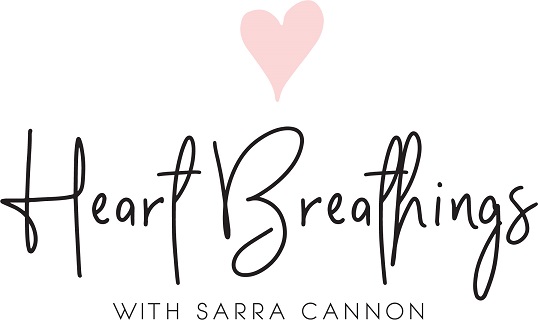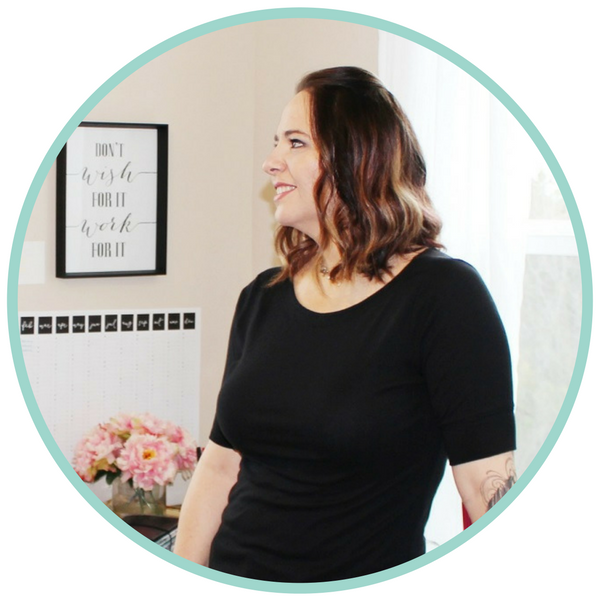

May 24, 2019 by Sarra Cannon
Welcome to my 6-part series on how to edit your novel. In this series, we are going to cover the following topics:
Part 1: Self-Edits
Part 2: Types of Professional Edits (And Associated Costs)
Part 3: Beta Readers
Part 4: My Recommended Books On Editing
Part 5: How To Know When Your Edits Are Complete
Part 6: How I Organize My Edits
I am so excited to bring you this series! Don’t forget to take a moment to download the free editing guide I’ve put together! When you sign up for my newsletter using the form below, I will automatically send you my free guide.
(If you’re already subscribed to my list, check your email! You should have already received this guide over there. If you don’t see it, check your spam or be sure to whitelist my email: sarra@34.75.65.163.)
Let’s dive into Part One of this series on editing your novel. Watch today’s video below.
I will go into each of these steps in greater detail throughout today’s video and in my free editing guide, but I wanted to give a brief overview of each step, as well.
If you’re a plotter, you likely already created an outline while you were planning your novel, but this time, I want you to create an outline and summary of what has actually made it into your story.
It’s helpful to summarize the action or major points of each chapter, point out where it fits into the story arc, what clues are discovered, and important parts of the character arc.
It’s also a good idea to fill in any scenes you skipped along the way. If there are glaring holes in your plot, this is the time to get those written and in place inside your manuscript.
Now that your outline is in place, it’s time to analyze the story structure, character arcs, and other big-picture issues.
For me, this is often the most time-consuming step in the editing process, and how much time you spend on it is going to depend on what shape your novel was in when you finished the rough draft.
Rather than looking for typos or nit-picking my word choice at this point, I’m looking for the big stuff. Pacing, plot, conflict, stakes, character arc, motivation. See my guide for an example list of questions you may want to ask yourself during this step in the process.
The main story structure and flow is in place, so now it’s time to look at every single line of your story. In this edit, you are looking for things like specific word choice, clarity, awkward phrases, repeated words, typos, consistent point-of-view, and tense.
Sometimes, authors like to take these edits on in stages. For example, you may want to do a full edit simply looking for repeated or unnecessary words. Then, you might do another pass where you specifically look at the dialogue and dialogue tags to see if it sounds natural.
Or you might find it more efficient to tackle all of these line edits at once. However you do it, this step might take several read-throughs to make sure you are telling your story in the most powerful way possible with as few errors as you can.
No matter how much time you spent on Step Three, I guarantee there are still errors, awkward sentences, and repeated words in your manuscript!
One of the best ways I have found to catch those straggling errors is to listen to your story. That’s right, read it out loud this time.
Alternately, you can use any text-to-speech program (I like Natural Reader) to have your story read to you. I usually follow along in my printed manuscript as the story is being read by the program.
The important thing is to listen to your story being read. You’ll be amazed at how many things pop out to you that you didn’t see or notice when you were reading it silently.
It’s amazing how many people skip this step entirely. You may find it helpful to actually run the spell-check program in your word processor several times throughout your editing process, but it’s especially important to run it before you do your final read-through.
I would like to note here that not all spell checks are created equally. Google Docs, for example, as much as I love it for other reasons, does not have a great spelling and grammar check built in. There may be some add-ons you can download for it, but the basic Google Docs is not great when it comes to this.
Word, however, has an excellent spelling and grammar check. After I’ve finished editing my novel in Google Docs, I always export it to Word for a final spelling and grammar check, and it always catches missing words, repetition, missing or misplaced commas, and more.
This step doesn’t take long, but it’s so worth it! Just make sure you understand the rules of grammar first, because while the programs are great, they are computers, after all. They don’t always get it right for your voice and style. Don’t blindly accept all changes when you go through this step, or you’ll get yourself into a big mess!
Ah, the final read-through! You are so close to being done now, you can feel it. On this final read-through, I find it so helpful to make a slight mindset shift. You’ve been looking at your story this whole time from the perspective of the author and creator, but now it’s time to see it from your reader’s perspective.
Really pay attention to how the story flows and whether you like the characters. As the writer, you know everything about this story world and the characters in it, but did you do a good job conveying that on the page? Try to put yourself in a reader state of mind.
Does your story meet genre expectations? Are there surprises and twists along the way? Are there any boring parts where things really slow down? Is anything confusing? Is your heroine relatable and sympathetic? Or is she annoying? Does the story hook you right from the start? Is the ending satisfying?
These are all important questions to ask yourself during this final read-through of your novel.
Did this part start to give you hives? I understand! We do so much of our work as writers in solitude that it can be terrifying to finally send our baby out into the world to be criticized and read by others.
But if you want to be a professional writer, this step is inevitable. Once you’ve polished your story within an inch of its life, it’s time to send it out to beta readers or the professional editor of your choice.
At this point, it will be a waiting game, followed by a bit of back-and-forth as you work to make your manuscript better.
If you’re traditionally publishing, you might have just sent this out to your editor at your publishing house. They will send it back with suggested revisions, the same way beta readers and freelance editors will when you’re self-publishing your novel.
The biggest difference here is that you will have the ultimate say when you’re self-publishing, while you might have less control over the final choices in your traditionally-published manuscript. At this point, it all depends on your relationship with that editor.
The good news is that you’re in the final stretch now, and you’ve got a real novel on your hands. Congratulations!
I hope you’ll join me in Part Two of this editing series, where I’ll discuss the different types of professional freelance edits available to you, the typical costs of an editor, and how to find a good editor for your work.
Comment below and let me know if you enjoyed Part One! If you have any other tips on self-editing, please add those to the comments, as well!
Part 1: Self-Edits
Part 2: Types of Professional Edits (And Associated Costs)
Part 3: Beta Readers
Part 4: My Recommended Books On Editing
Part 5: How To Know When Your Edits Are Complete
Part 6: How I Organize My Edits



I have been self-publishing my books since 2010, and in that time, I've sold well over half a million copies of my books. I'm not a superstar or a huge bestseller, but I have built an amazing career that brings me great joy. Here at Heart Breathings, I hope to help you find that same level of success. Let's do this.